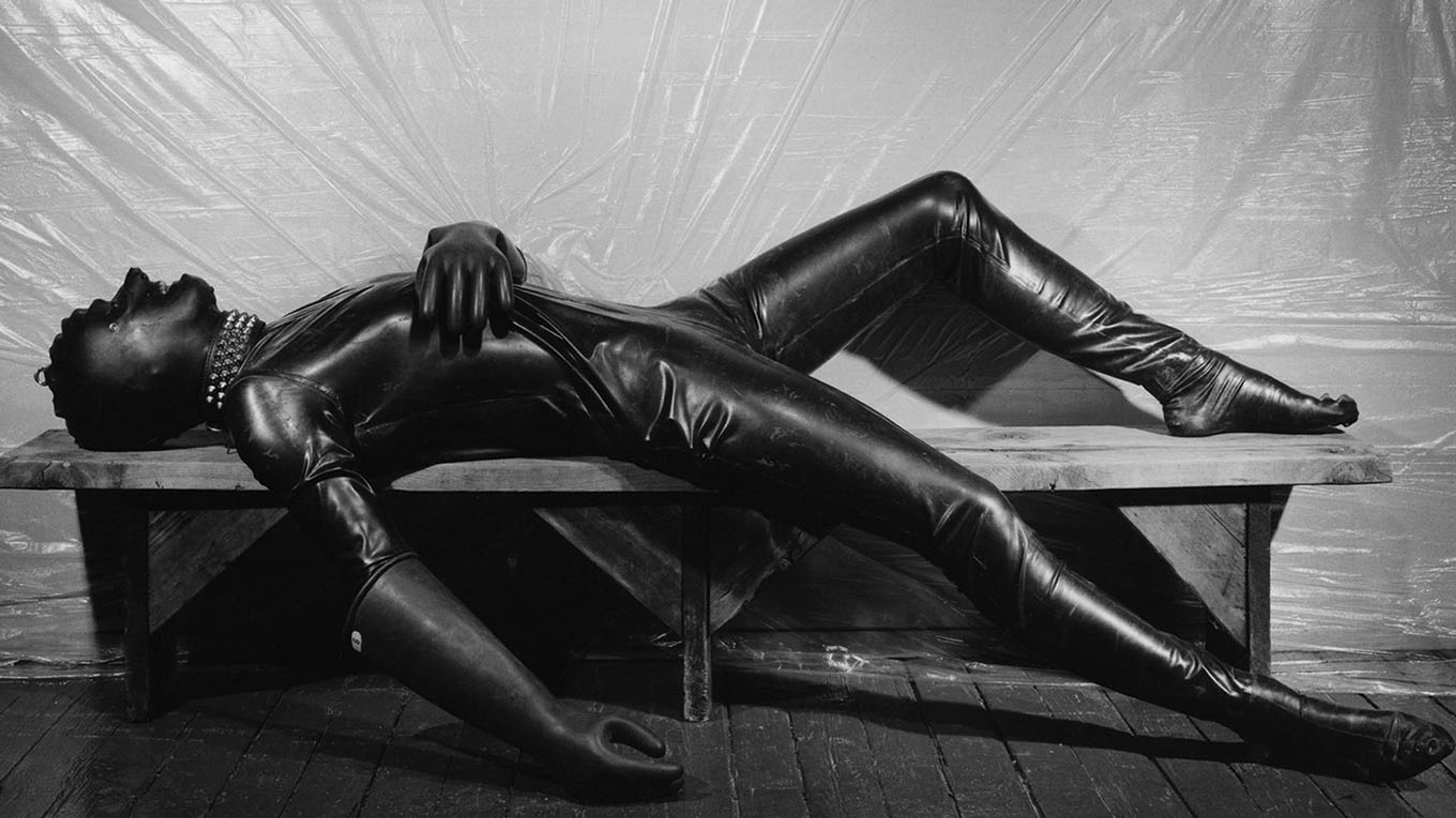Robert Mapplethorpe

Robert Mapplethorpe (1946-1989) is undoubtedly one of the most important photographers of the twentieth century. He was inspired by the sculpture of classical antiquity and the Renaissance, and translated this aesthetic to a time and culture of his own, namely New York’s gay scene in the 1980s.
I’m looking for the unexpected
The resulting images portray (https://fotografiska.woo.flewid.se/exhibition/robert-mapplethorpe/) the beautifully lit unadorned bodies of muscular men. Moreover, Mapplethorpe depicted female nudes, various flowers, in addition to portraits of his friends and acquaintances such as Patti Smith, Louise Bourgeois, and Robert Rauschenberg. Regardless of motif Mapplethorpe’s photographs continuously reflected the same formalist aesthetic for which he is known. Fotografiska is proud to present a retrospective of nearly 200 of these stunning prints, on loan from the Robert Mapplethorpe Foundation in New York, many which have never been exhibited in Sweden before.
Admittedly Mapplethorpe’s images of male nudes, phalluses, and S&M subculture are known to provoke or even shock, although they were photographed decades ago. In 1988 Mapplethorpe responded to ARTnews with the statement, “I don’t like that particular word ‘shocking.’ I’m looking for the unexpected. I’m looking for things I’ve never seen before … I was in a position to take those pictures. I felt an obligation to do them.”
Mapplethorpe began his artistic career in 1963 at the Pratt Institute in Brooklyn where he studied drawing, painting, and sculpture. He acquired a Polaroid camera in 1970 and began producing his own photographs in order to incorporate the images into his collages. That same year he moved into the Chelsea Hotel, where he resided side by side with some of the most influential musicians and artists of the time, including Patti Smith, Bob Dylan, Andy Warhol, and Janis Joplin.
In the mid 1970s Mapplethorpe obtained a Hasselblad 500. The Swedish brand medium-format camera required him to work meticulously. As a result Mapplethorpe transitioned to studio photography. Within the space of his studio Mapplethorpe was able to hone his craft as well as the visual language that distinguished his career. Today Mapplethorpe is considered to be one of the most significant photographers in the history of the medium, and his oeuvre is represented in major museums throughout the world.
Robert Mapplethorpe died of AIDS in 1989.